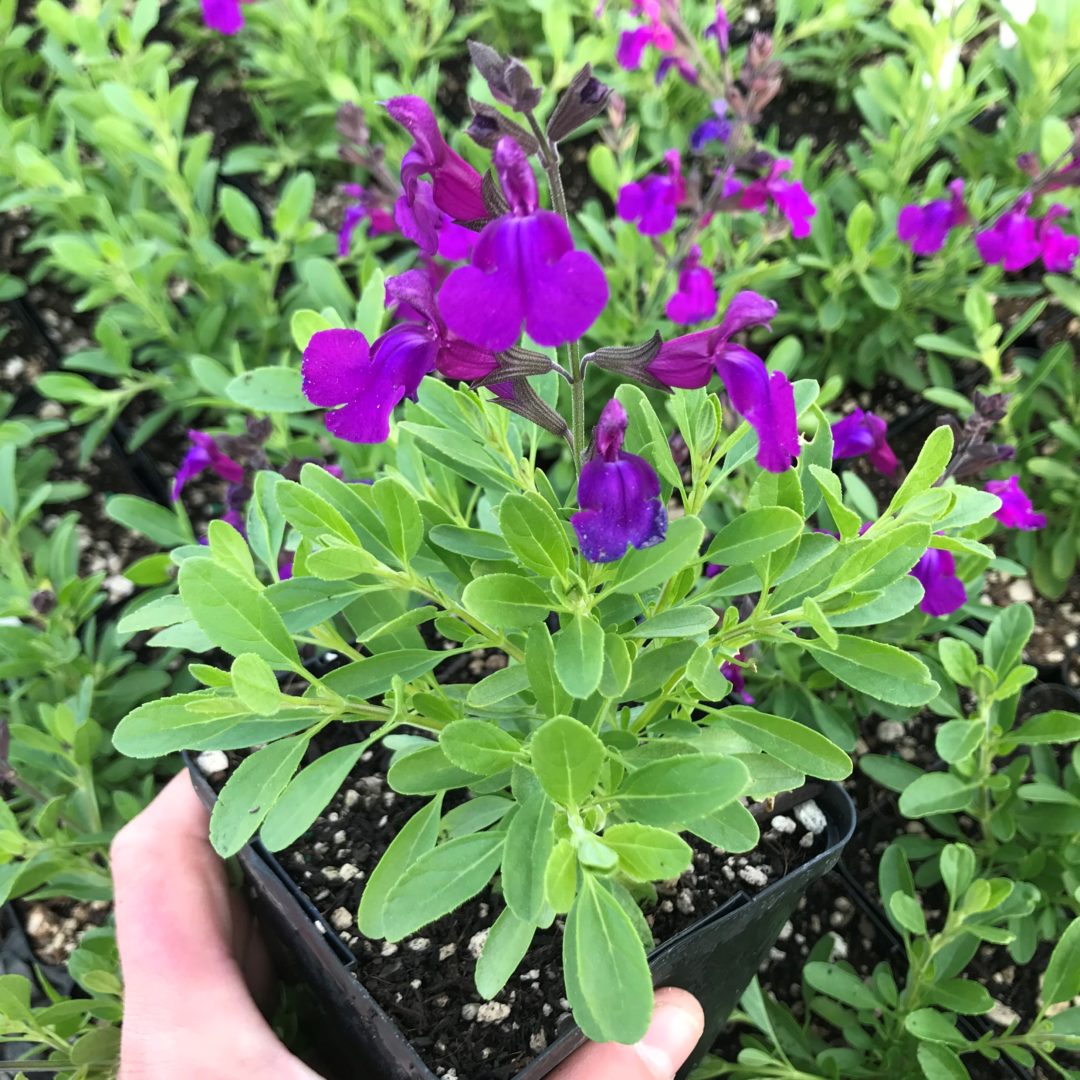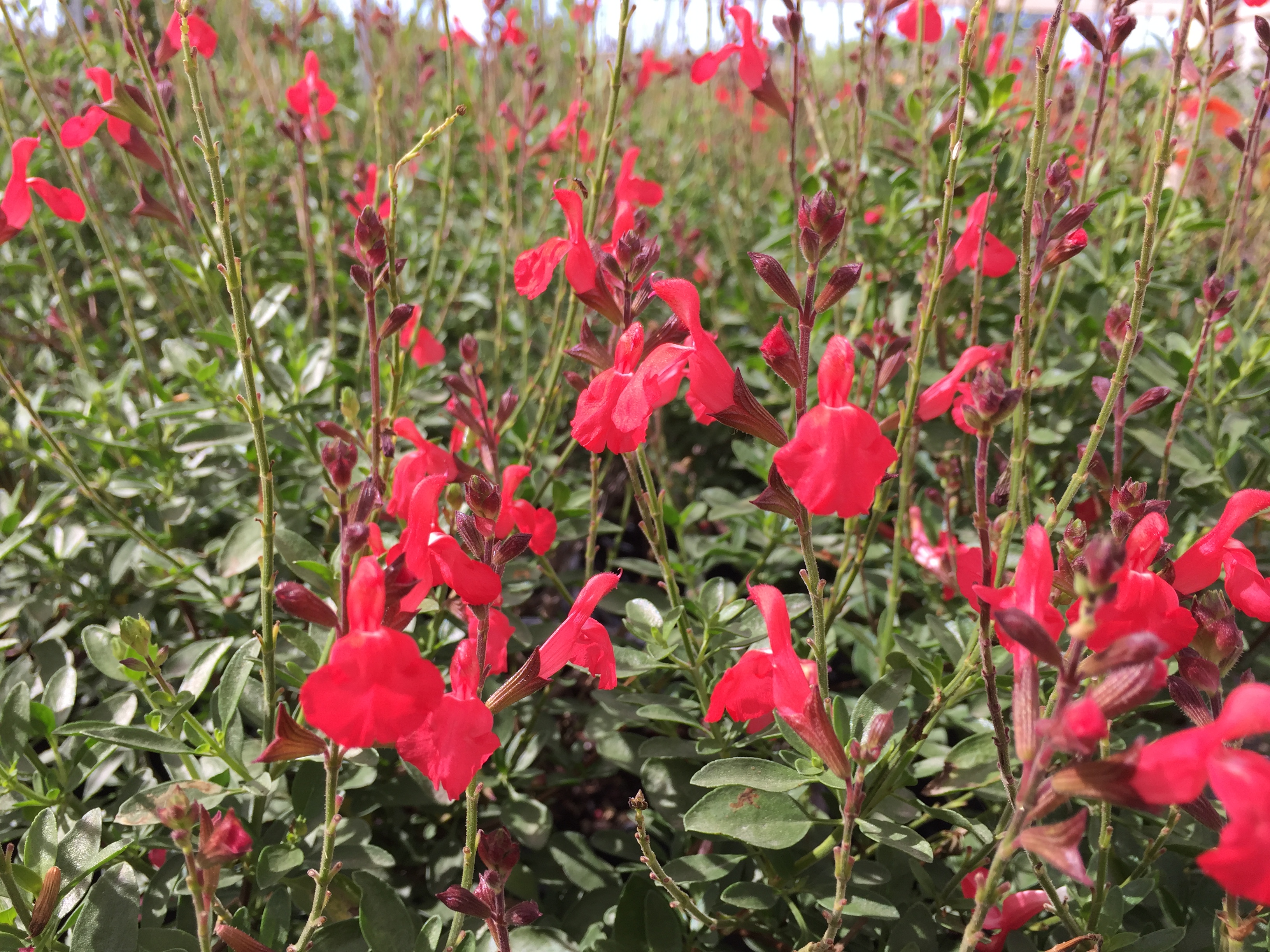
Just increase watering to a couple times a week during the hottest days. I’ve had my three Salvia greggii plants for almost a year and have witnessed them handle 100+ degree temps with ease. By periodically pinching off its tips you will encourage even more continuous blooms. Despite its name, its bloom time spans from March through November. However that is not the case with Autumn Sage. When I look at my native plant garden, I want to see blooms! The bloom periods of so many flowering plants can be fleeting especially during the hot Texas summer. Salvia Greggii blooms from spring until frost On the flip side, I hear it is deer resistant – another plus! 2. Its long bloom season ensures you’ll be providing nectar for months. Hummingbirds and butterflies love itĪnytime I can add a native plant that attracts pollinators and birds to my yard, I consider it a win! Salvia greggii is a great addition to a pollinator garden. 7 Great Reasons to Grow Autumn Sage (Saliva Greggii) 1. The majority of our yards are currently filled with non-native plants so there are lots of opportunities to swap in some natives and help the environment. If you are new to native plants be sure to read the Top 6 Benefits of Native Plants in Your Yard. Support more species than non-native plants.Serve as host plants to butterflies and moths.Are important food source to plant-eating insects.These plants have evolved in your local area, while non-native plants were introduced from other countries. If you add any new plant to your yard, make it a native! Native plants are the foundation of a healthy ecosystem. Why It Is Important to Grow Native Plants One of the three Autumn Sage plants in my backyard garden. You can take this handy one-pager with you to the plant nursery.
#AUTUMN SAGE PLANT DOWNLOAD#
Want more great Texas native shrub ideas? Be sure to download my FREE Native Texas Shrubs PDF. I promise you won’t regret adding Salvia greggii to your yard! They are low maintenance, low water, profuse bloomers that are a magnet for pollinators and hummingbirds. Native salivas are the perfect addition to your garden. Rosemary has recently been reclassified as a type of Salvia and is grown in a similar way to sage – for more about this popular herb, see our guide to growing rosemary.When you find a no-fail native perennial to add to your home garden, you need to share the news! And I have certainly found one with Saliva greggii (also called Autumn Sage). Sage is also said to have many health benefits, and its botanical name Salvia derives from the Latin salvare meaning to heal. You can add chopped sage leaves to soups, pasta sauces, sausages, marinades and more.


Sage has a robust, peppery flavour that can be used in many dishes, not just in traditional sage and onion stuffing. Other varieties offer different aromas and various flower and foliage colours.

officinalis ‘Purpurascens’) with its attractive, dusky purple, year-round foliage. officinalis, including the widely grown purple sage (S. There are also many cultivated varieties of S. Its flowers are both ornamental and wildlife friendly, providing nectar for pollinating insects. It is hardy and evergreen, so keeps its leaves all year round, and can grow to up to 1m (3ft) tall and wide. It forms a mound of aromatic, downy, olive-green leaves and produces attractive mauve flowers in early to mid-summer. Sage, Salvia officinalis 'Icterina'Common sage ( Salvia officinalis) is the standard culinary sage. RHS Flower Show Tatton Park - 17-21 July 2024.RHS Hampton Court Palace Garden Festival - 2–7 July 2024.Malvern Autumn Show - 22-24 September 2023.


 0 kommentar(er)
0 kommentar(er)
